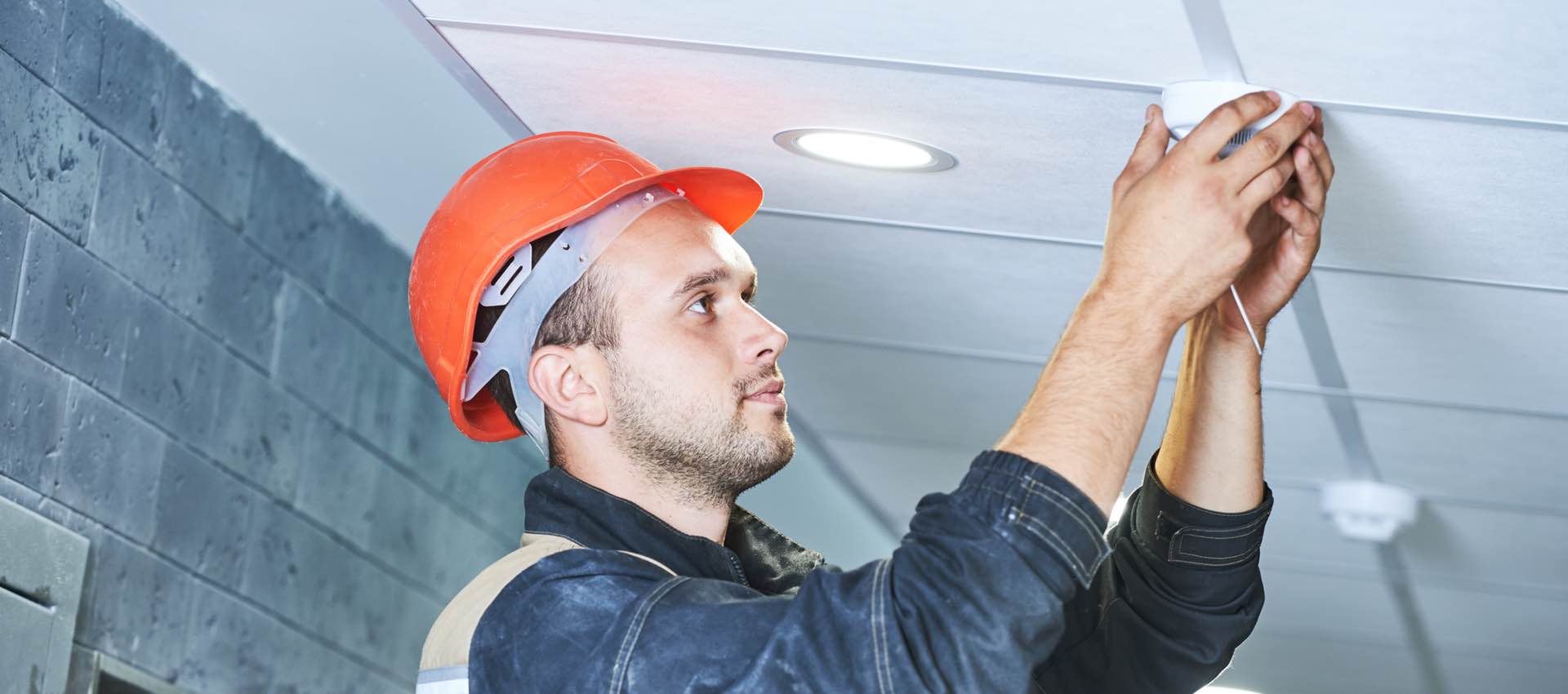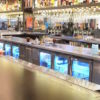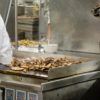Next week is National Fire Prevention Week, and this year’s focus aims to educate the public about basic but essential elements of smoke alarm safety. While keeping smoke alarms properly working and up to code is imperative in any cooking operation, we know that there are additional fire hazards in a commercial cooking operation.
According to the NFPA, there were approximately 8,000 restaurant fires annually in the United States between 2006 and 2010. These fires caused an estimated $246 million in property loss. The majority of the fires began in the kitchen or cooking area, with four in 10 fires actually beginning with food as the item that was initially ignited.
Here is a list of the top 5 fire safety issues we come across and why they’re so important:
- Dirty hoods, ceiling, vents and work areas. Lack of cleanliness in a commercial kitchen is a major risk of restaurant fires. Unclean surfaces can be ignited by a small spark or flame, and quickly turn into a fire disaster
- Baffle filters installed incorrectly. Filters are specifically designed to collect grease. If they aren’t properly installed, the amount of grease they are able to collect may be reduced causing more accumulation on the hood.
- Vent hood or suppression system does not cover all appliances. If a fire occurs in or on an appliance that is not covered by the hood or suppression system, it cannot be adequately controlled by the system.
- Inadequate cleaning schedule. Kitchen exhaust systems that are not kept clean can accumulate grease and pose a serious threat of fire. Adequate cleaning schedules vary greatly from one kitchen to the next. A full service restaurant using multiple fryers or woks may need to be cleaned monthly, while a low-volume kitchen like that in a daycare or senior center only requires cleaning annually.
- No, or inadequate, separation between open flame appliances and fryers. Without adequate separation, oil can splash into open flames, causing a fire risk. There should be 16 inches of separation between the appliances or a 16 inch vertical, non-combustible (metal) divider.
In addition to the five common causes, lack of adequate fire prevention training for staff members is another contributing factor for fire disasters. Restaurant owners and staff should also be properly trained in basic restaurant fire prevention and know the fire escape plan. Reducing potential casualties and damage loss from fires takes work, but it is worth the effort for your restaurant’s long-term success.




